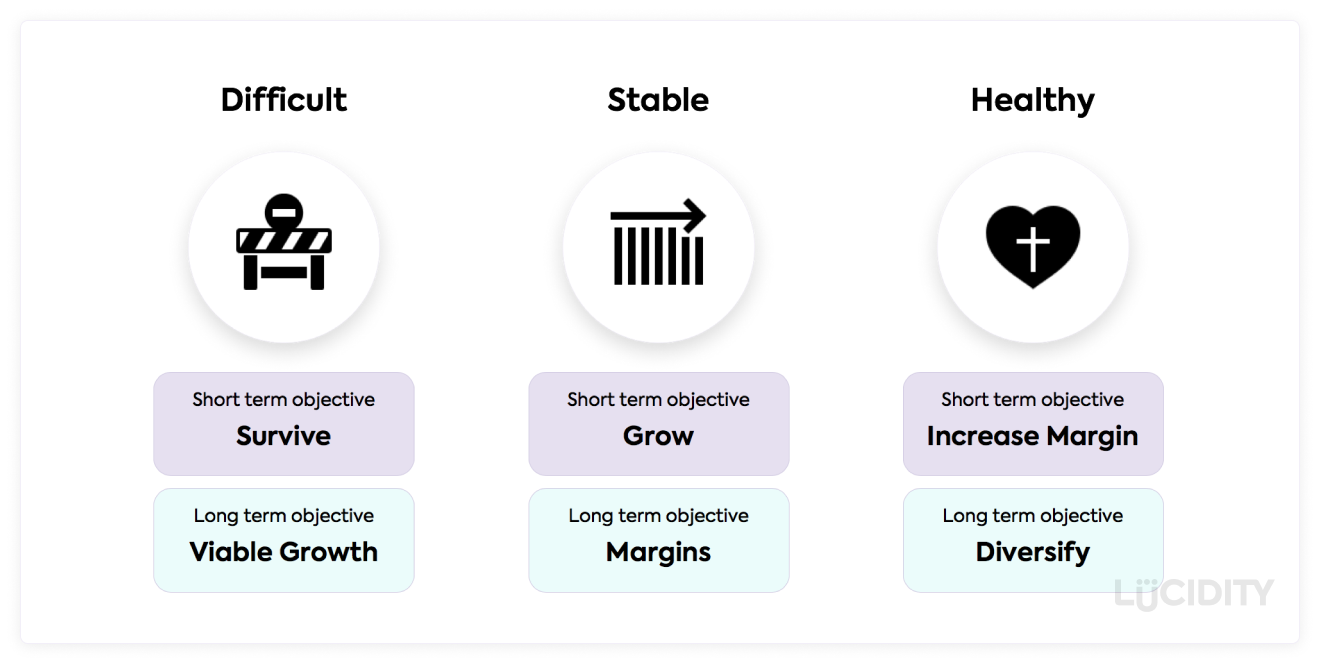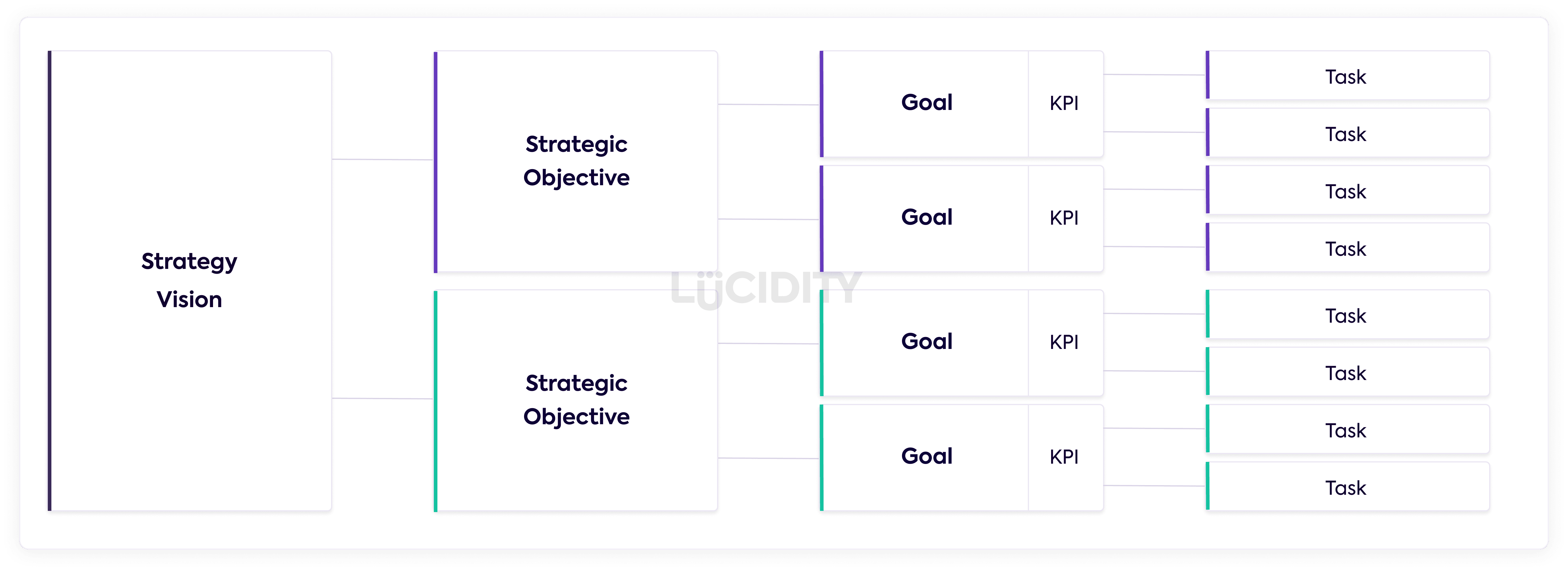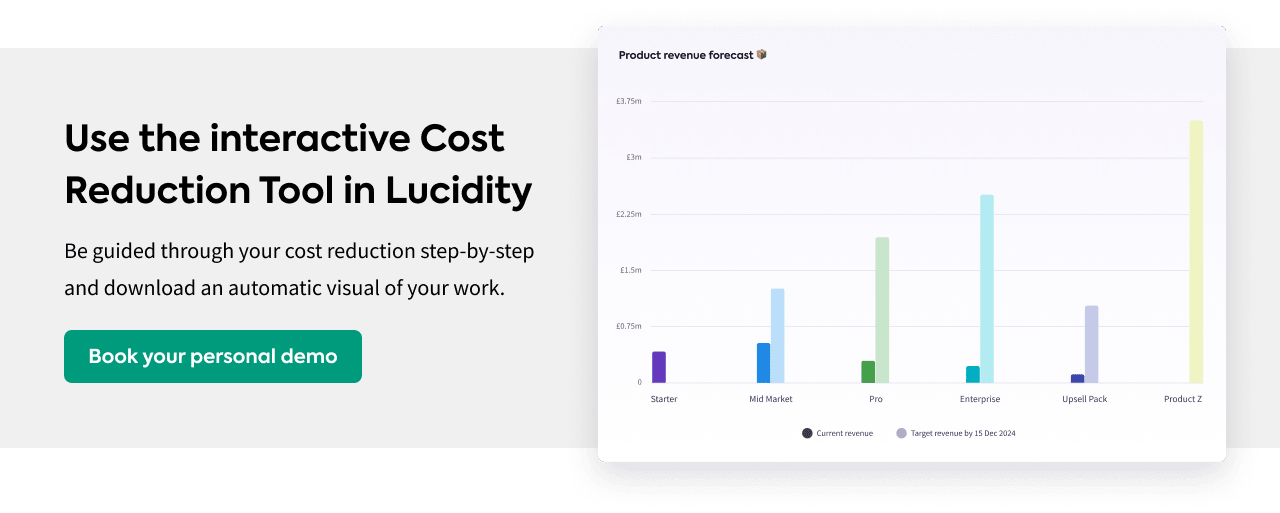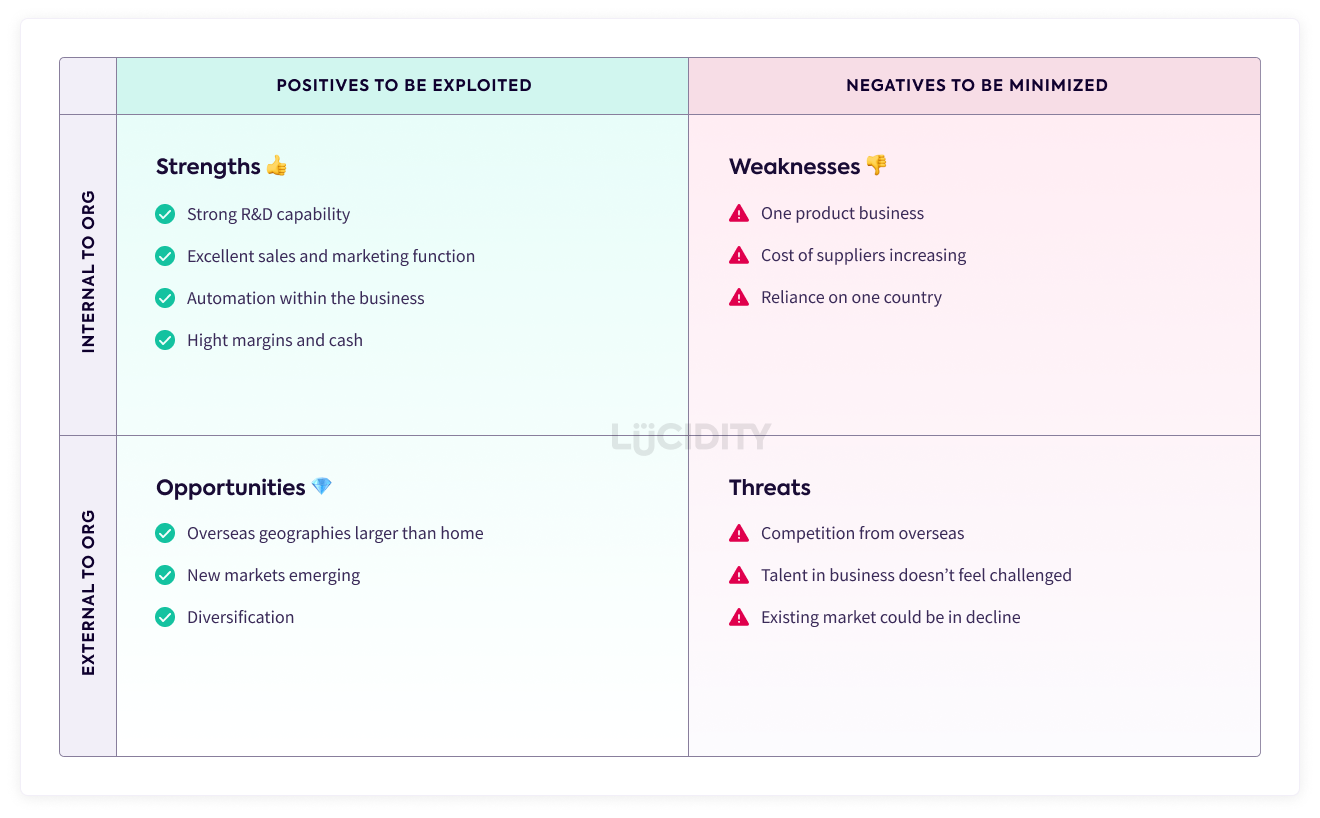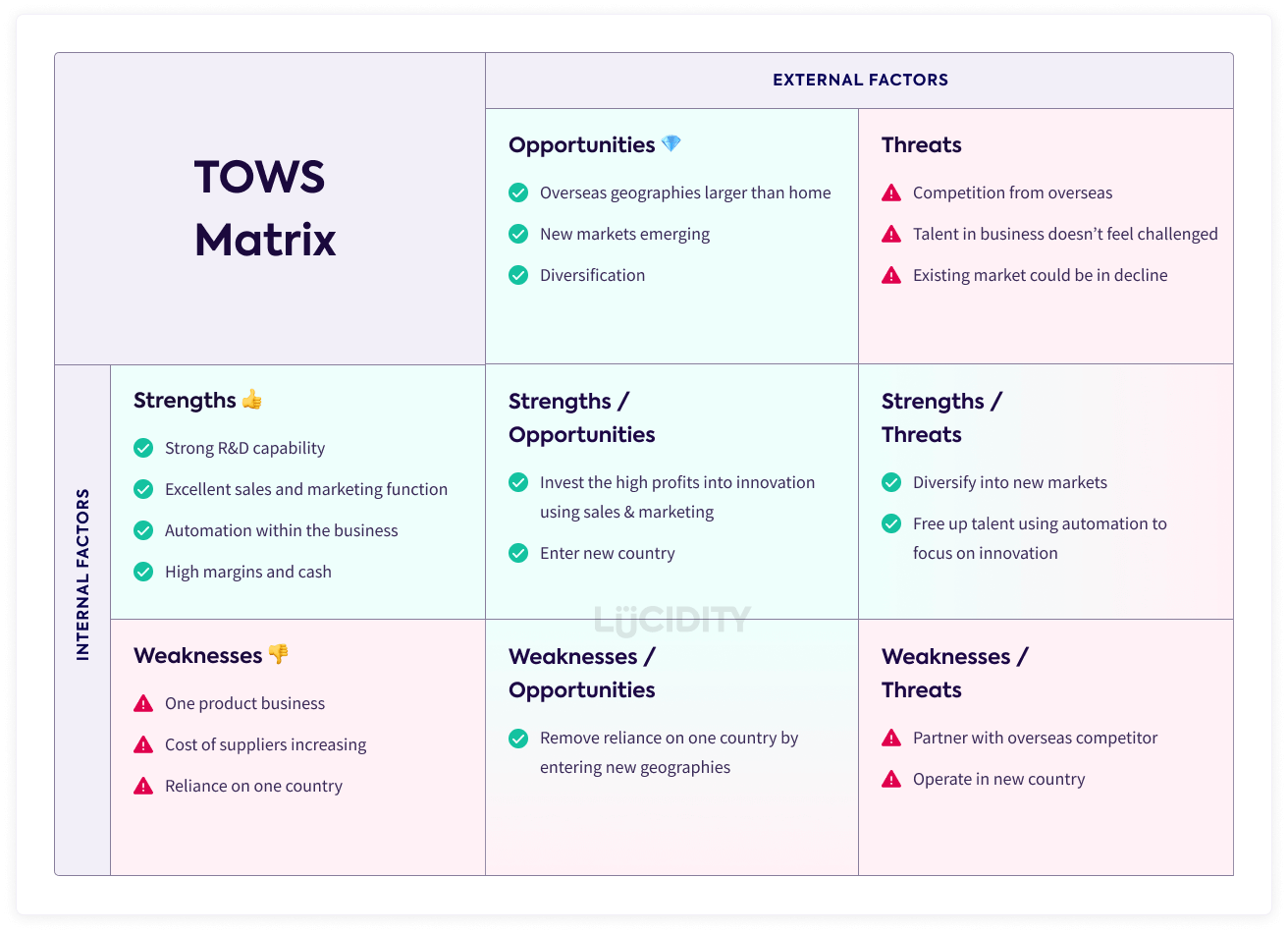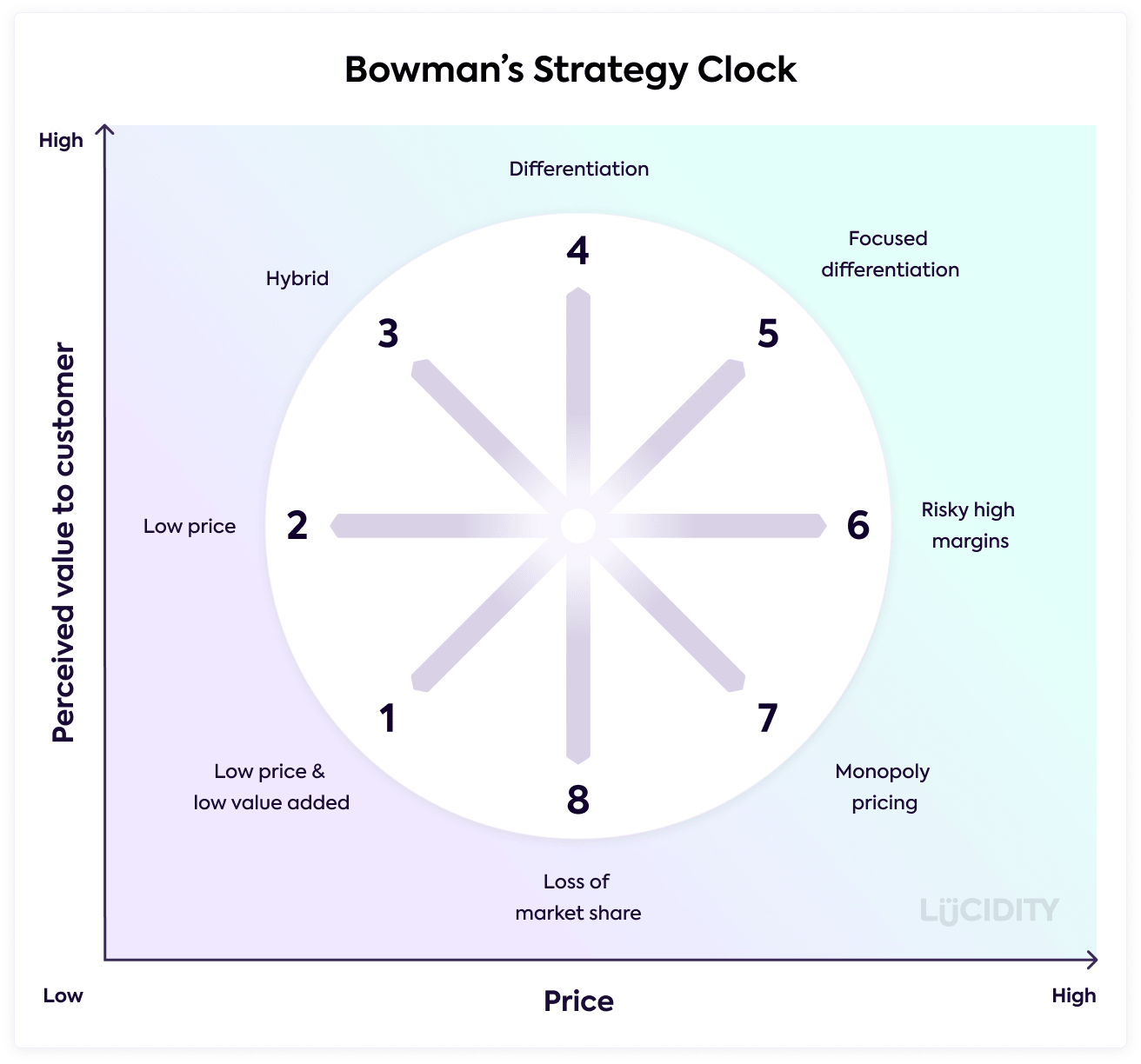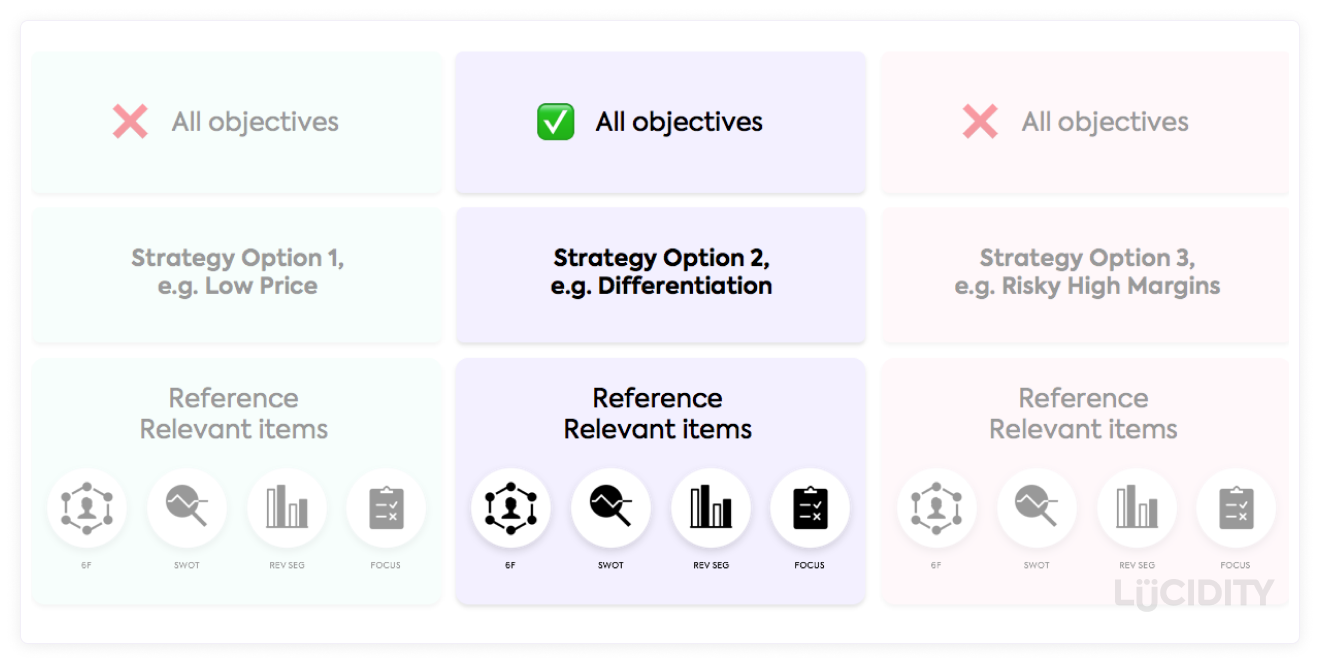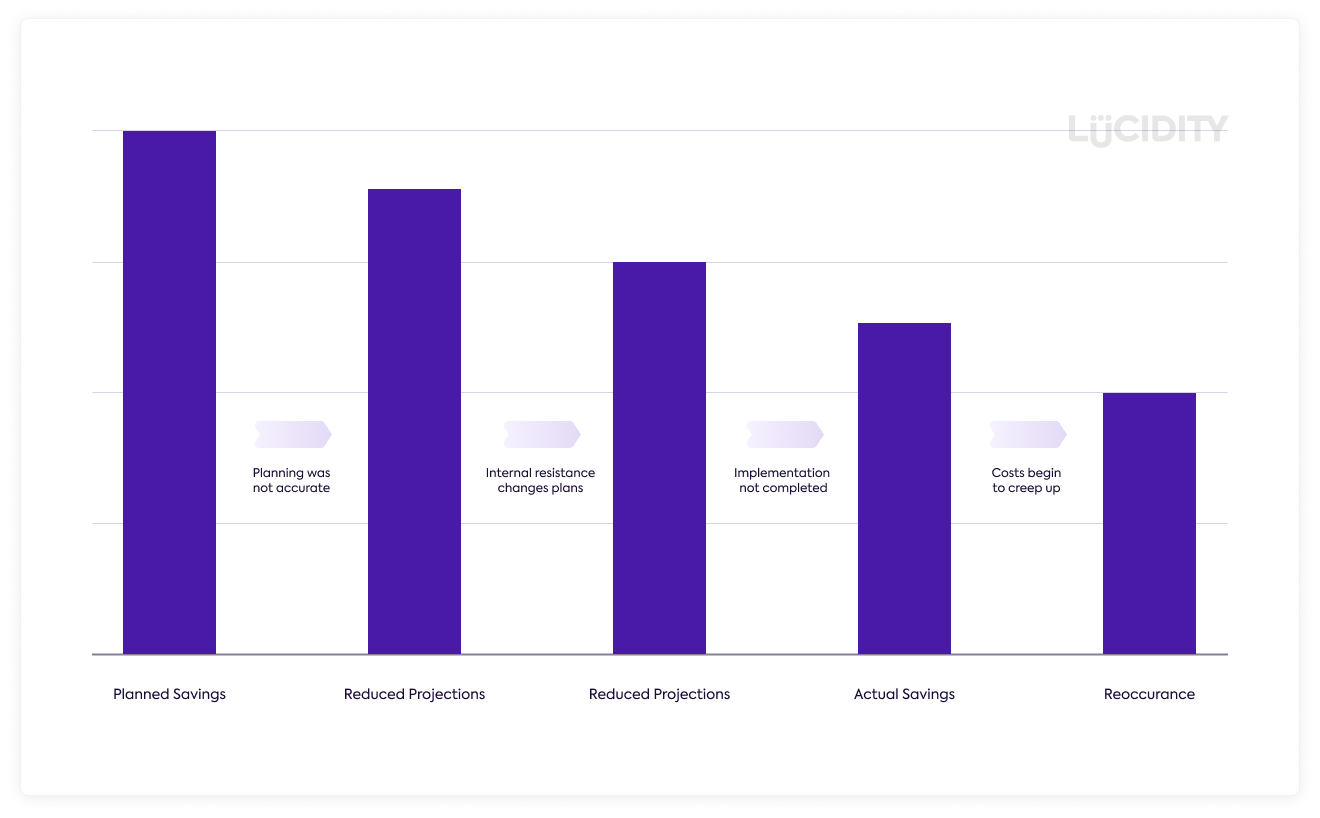Although it’s not often seen to be the case, cost reduction can be a really positive objective as long as it’s focused with strategic thinking.
Ensuring your cost reduction programme is part of a wider strategy is critically important though, otherwise you risk your overall growth and survival. You’ll find cost reduction without strategic thinking causes negative unintended consequences and provides little to no benefit.
When should I do cost reduction?
Cost reduction has a place in your strategy regardless of the health of your business. You might be in a difficult position, with cashflow problems, you may be in a stable position with a good sales pipeline, or you may be in a healthy position with large cash reserves. Whatever your position you’re likely to have short and long term objectives that can be supported with cost reduction.
For example, if you’re in a difficult situation your short term objective might be to survive, long term it could be viable growth. Stable businesses may have a short term objective to grow and a long term objective to focus on margins. Healthy companies may short term focus on margins and long term look to diversify in order to continue their growth.
How do I go about strategic cost reduction?
The steps to strategic cost reduction are as follows:
- Define your strategy
- Understand your costs
- Decide what will change
- Implement the changes
It’s worth for a moment just looking at what a strategy is as it can be quite a nebulous subject. A strategy is an approach to achieving your objectives. So for example, you may be a budget supermarket looking to deliver low cost, high quality items accessible in the UK. Under this statement you’d have a number of Strategic Objectives, under these a number of Goals, and under the Goals a number of Operational Tasks.
So the first question in strategic cost reduction is what actually is your strategy. This might need some thinking if you’ve not considered it before…
How do I define my strategy for cost reduction?
There are literally hundreds of potential tools you can use to establish your strategic options. Given our topic, we’re going to look at three recommended tools that combined will give your company a focus.
Six Forces
Six Forces is a way to map out the profitability, potential and risk of your market. It looks at six areas that impact your business and helps you decide if their impact is high, medium or low. The forces are:
- Threat of New Entry
- Threat of Substitution
- Power of Suppliers
- Power of Buyers
- Competitive Rivalry
- Power of Complementors
Each force will have a High, Medium or Low impact on your business and allows you to understand where you need to focus and what ability you have to easily move within a marketplace.
If all forces are low, you’re in a strong position. If all forces are high, you’re in a weak position. The reality is likely to be something in the middle, such as this real life example for a Leisure Centre.
You can find out more by reading our introduction to Six Forces or seeing our guide on how to complete a Six Forces Analysis.
TOWS
Once you’ve completed an analysis of your existing market, it’s time to look inwards. We’re going to use TOWS, which is at extension of SWOT. You have probably heard of SWOT before, it is a tool that identifies your Strengths, Weaknesses, Opportunities and Threats. TOWS goes a step further in understanding the relationships between these points.
So let’s work through a quick example. We’ll use a real technology company in the transport industry.
Their strengths include strong R&D, excellent sales, automation and high margins. Their weaknesses are having a single product, cost of suppliers increasing and reliance on a single country.
The opportunities are to expand overseas, diversify and look at new markets, while their threats are competitors entering the market, talent in the business stagnating and their existing market being in decline.
TOWS helps you understand the next steps by looking at the relationships between these different attributes. So, in this example we’re looking at, we see high margins and strong R&D, so we can invest in innovation, moving some of the talent on to new projects and leveraging further automation. This in turn will help the business enter new markets and potentially partner with would-be competitors who want to enter the UK.
You can find out more on this by reading our introduction to TOWS Analysis or our guide on how to complete a TOWS.
Selecting a Strategy
Working through frameworks to understand your market ultimately allows you decide your strategy, which will then direct your cost reduction. We’re going to use something called The Strategy Clock.
This is a simple diagram that maps out various approaches to competing in a market. Although it’s simple, it’s also very effective, demonstrating that if you’re not in the right area of the clock you won’t be hitting your full potential and may even fail.
The different strategic positions a company can takes on the clock are:
- Low Price & Low Value, this focuses on quantity selling low value products at a low price
- Low Price, focuses on being the lowest price offering in the marketplace
- Hybrid, where buyers have a perception of a low price for a valuable product
- Differentiation where your product is high value and different to others
- Focused differentiation, where you provide high value at a high price
- Risky high margins, where you have a high price without any added value
- Monopoly, where you’re a single company controlling product and pricing
- And Loss of Market Share, where you are likely in decline or exiting a market
Best practise is to work through a number of strategic options on the clock, using the data from your research, and deciding what your strategy final becomes. Once you know your strategy, cost reduction can become an activity that supports growth.
You can find out more about this subject in our guide to the Strategy Clock.
How do I analyse my costs for strategic cost reduction?
We now know our strategy and our focus, so it’s time to get into the detail of your costs. Start by working out what period of time you wish to reduce costs and the total expected cost over that period.
Break this cost down into line items and categories. It helps to group costs together, keeping them high level but with enough detail to be useful in your decision making.
It’s important to remember that businesses have both good and bad costs. Good costs are those that have a positive effect on the business, and help you grow by supporting your strategy, while bad costs are unnecessary and avoidable areas of spend that often do not support your strategic focus.
This is where your focus becomes important. Use your strategic focus to judge if a cost is good or bad.
What areas should I cut in strategic cost reduction?
Keeping in mind good and bad costs, establish where you need to invest, and what needs to be cut. What consequences would happen, both intended and unintended, from your cuts?
Cost cutting decisions have to be based around your ambition. They should be brave, big, bold, creative and crucially aligned. Shaving some budget from staff socials may help short term, and you should look at those items, but they won’t move a dial.
Exiting from a market, sunsetting products, or automating systems are examples of larger decisions you need to make.
Here are some key activities to consider…
Assuring Competitive Cost Structures
- Independent Cost Benchmarking
- Peer comparisons
- Industry averages
- Published accounts
- Comparing between geo / divisions / product groups
- Refinancing
- Reviewing client / product profitability
- Improving cost allocation / MI
- Developing the Procurement function
- Reviewing service levels
Exploiting Efficiencies
- Automation opportunities / capex
- Process opportunities
- Rationalising operations
- Outsource opportunities
- Decommissioning marginal activities
- Revenue completeness
- Reviewing stock levels
- Right first time measures
- Analysing marketing payback
Review Overheads
- List key spend items by type
- Direct debits investigation
- Consolidation of suppliers
- Remove discretionary expenses
- Reduction in frequency
- Converting contractors to permanent
- Remote working / service offices / less central locations
- R&D Tax Credits
- Employee benefits packages
- Raising approval levels
Review Risk Arrangements
- Hedging
- Insurance
- Self insurance
- Credit control
- Credit insurance
And finally, Quick Wins
- Salary cuts / Furloughs
- Deferred remuneration / Share alternatives
- VAT / PAYE Delays
- Business Rate Support & Grants
- SSP Extensions
- Ban on Evictions
- Time to Pay
- Self-Employed Support Scheme
- Rent Holidays / Reductions
Remember to check our detailed guide to this list below.
How do I implement strategic cost reduction?
Your strategic objective of Cost Reduction is starting to take shape and will now have a number of Goals under it, based on where you’ve decided to reduce your costs.
The final step in reduction is to make it happen. This can have a number of challenges so it’s important some thought is given into this part. Develop initiatives that will reduce your cost goals and ensure there is ownership and accountability, as well as a clear time limit. For example, if you have a Goal of reducing office costs then you may have an Initiative around Move Office.
Your Goals and Initiatives now complete a Strategic Objective around Cost Reduction, and this itself falls into the overall Strategic Objectives of your business. Cost Reduction is a part of your strategy, it’s supporting your other initiatives, but as a balance with everything else going on.
What are the common problems with strategic cost reduction?
Cost reduction in itself can be hard. Here’s a real life example of a business that planned to reduce costs without much thought on implementation.
They had a goal of saving almost £200,000 over the financial year. Their planning wasn’t accurate, so the saving was reduced. They found a lot of resistance internally from employees not on board, which reduced it further, and the implementation was not complete, taking it down to a saving of around £95,000. Finally, as soon as the implementation was over, costs began to creep back up.
Common problems that will halt your cost reduction include:
- Lack of focus
- No clear ambition
- Political pressure internally
- Lack of buy in from team
- Dilution of your plan
- No accountability
- Focus on quick rather than long wins
A lot of this can be resolved by getting the team on board. Consider the following:
- History of the company
- Environment you operate in
- Explaining the issue to the team
- What’s required strategically from all
- Job security for people
Summary
We’ve touched on some areas today that focus on why cost reduction is a positive in a business strategy. That’s not to say it isn’t stressful in some circumstances, so in implementation it’s important to consider the mental health and wellbeing of your team. Cost reduction can contain difficult decisions but ultimately these are the choices you need to make to ensure a viable future.
When aligned to your strategic plan, cost reduction allows you to invest in areas that promote growth, ensure your organisation remains focused, and align the team to the same goals – all critical to achieving your potential. Put simply, businesses that embrace cost reduction as an ongoing strategic objective are more successful.
Finally, remember you can develop your strategy using the Lucidity strategy software platform . Book a demo to find out more.
Good luck! 👍

